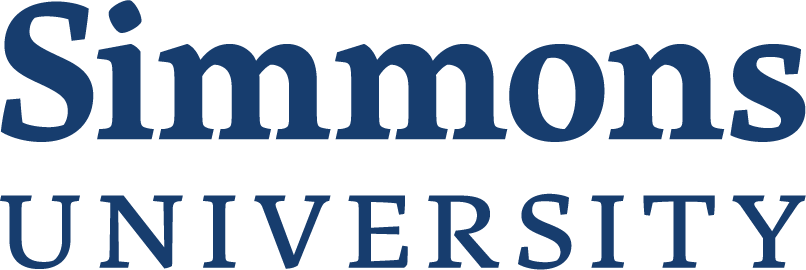Embracing Technology
Posted March 20, 2012 by dunhame
On the first day of my Introduction to Archives class, my professor made certain to emphasize the fact that, while the archival field certainly involves a great deal of work with old stuff, its also very much concerned with and immersed in the realm of new stuff, that is, technology. Archivists relationship with technology is twofold: they are tasked with preserving and making available information stored on machine-dependent materials (e.g., floppy disks, VHS tapes, the Internet) and with using technology to make their collections as accessible as possible (putting them online, making them searchable, etc.). I have not had the opportunity to do a great deal of work with digital preservation yet, but Im excited to take Archiving and Preserving Digital Media later on in the GSLIS program. I have, however, had the opportunity to learn about the other side of technology in archives in a course Im taking this semester called Archival Access and Use.
One of the main purposes of this course is to teach students the archival description standards and practices currently prevalent in the field. When archivists create finding aids, which describe their collections, its important for them to make them as accessible to users as possible. Many repositories go about doing this in different ways. In general, however, most strive to at least display finding aids online using HTML and, if they are associated with libraries, make them discoverable in the library catalogs by encoding them using MARC (MAchine-Readable Cataloging). Many archives also encode their finding aids using the XML standard known as EAD (Encoded Archival Description). Doing this turns finding aids into powerfully searchable tools and makes them easier to index in repository databases, thus facilitating access in multiple ways. EAD is what we are currently focusing on in class, and Im finding its something I really enjoy learning.
I was never especially techie prior to coming to Simmons GSLIS. I suppose Im a member of Generation Y because I have grown up with computers; I remember playing Snake on my dads MS-DOS-based PC as a toddler. Even so, I never took more than a functional interest in computers–they were there and I generally knew how to get them to do what I needed them to do. I honestly was a bit intimidated at the idea of learning behind-the-scenes skills like HTML and being introduced to anything that involved the word encoding. I knew, though, that its important for archivists to have at least a basic understanding of these skills and concepts, so I gave myself a pep talk and walked into the first class of EAD with an open mind.
It turns out that, largely thanks to my tendency to pay an extreme amount of attention to detail, Im the kind of person who likes EAD! The instruction Ive received has definitely been effective. Three weeks ago, seeing this picture would have inspired me to hide under the covers, but now its something I understand because I wrote it myself. It doesnt intimidate me anymore!
Im grateful for the technology training Im receiving in the Simmons GSLIS program and I know its definitely going to come in handy down the road–Ill have a nice set of skills to list on my resume and be more adept as a professional. Also, it turns out, the nitty gritty computer stuff can be pretty fun!
